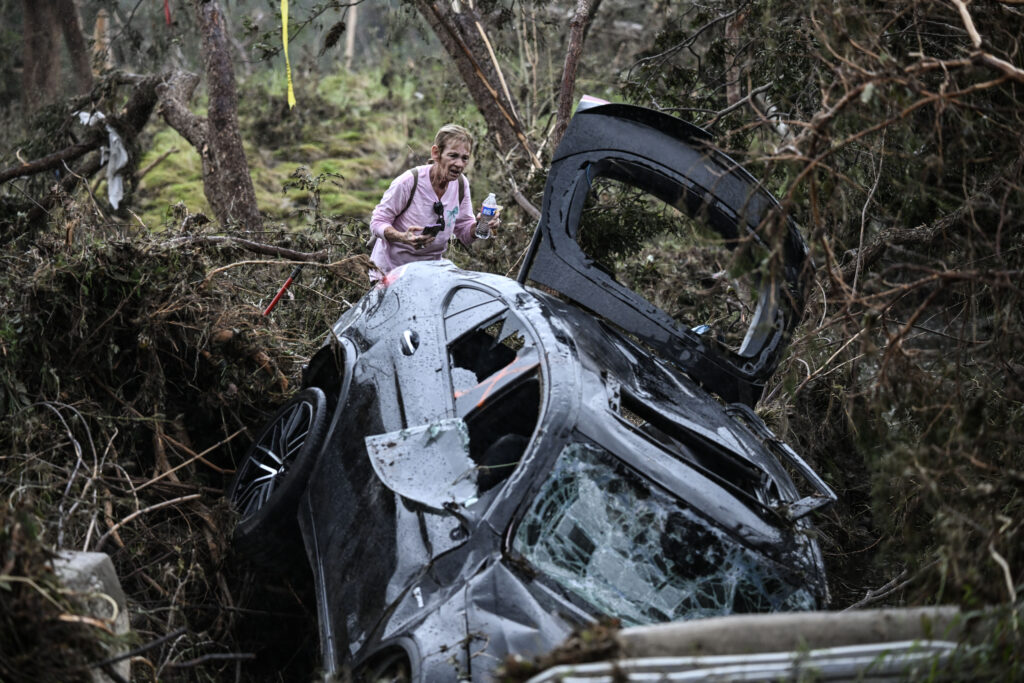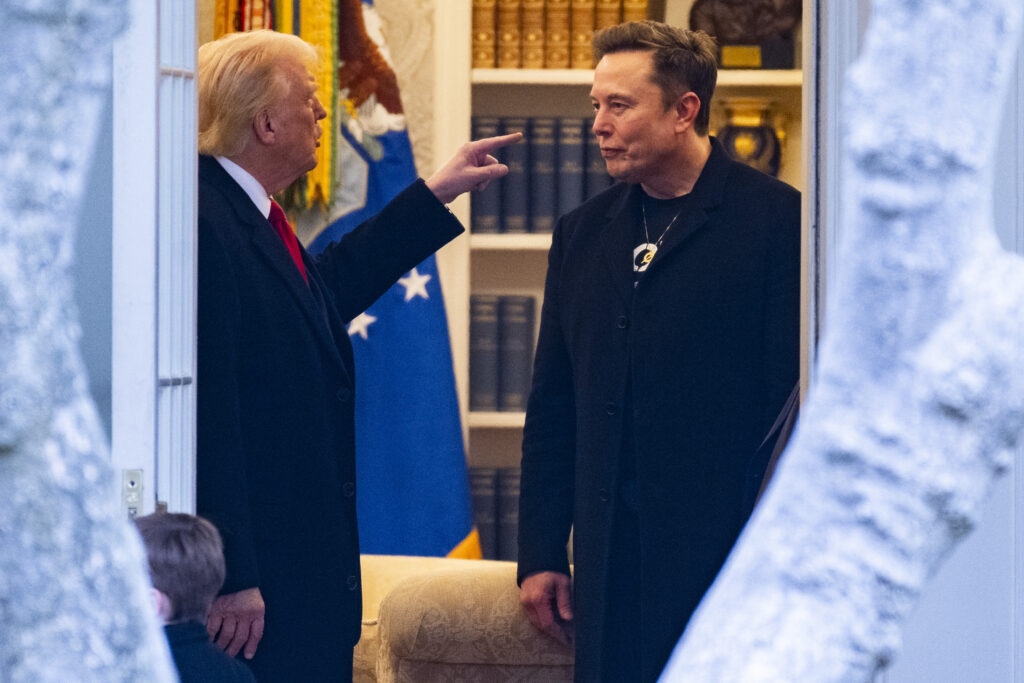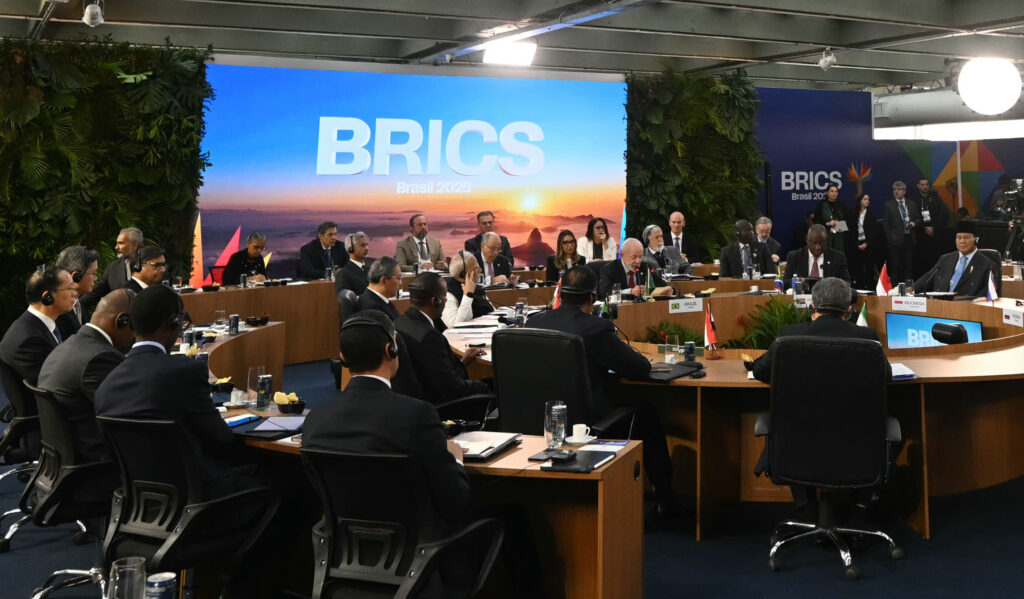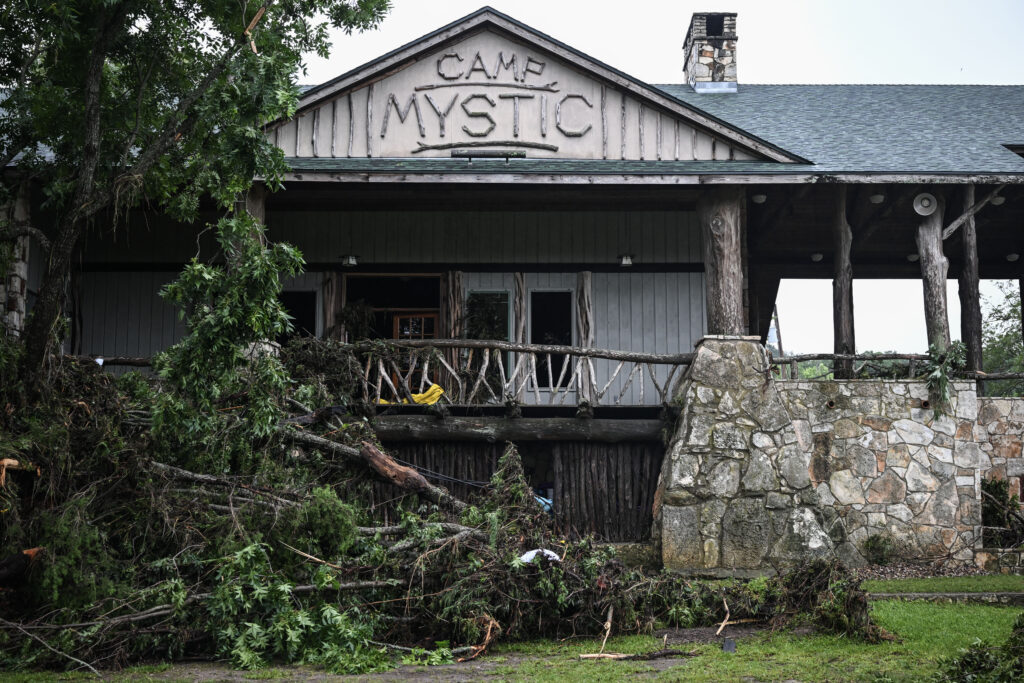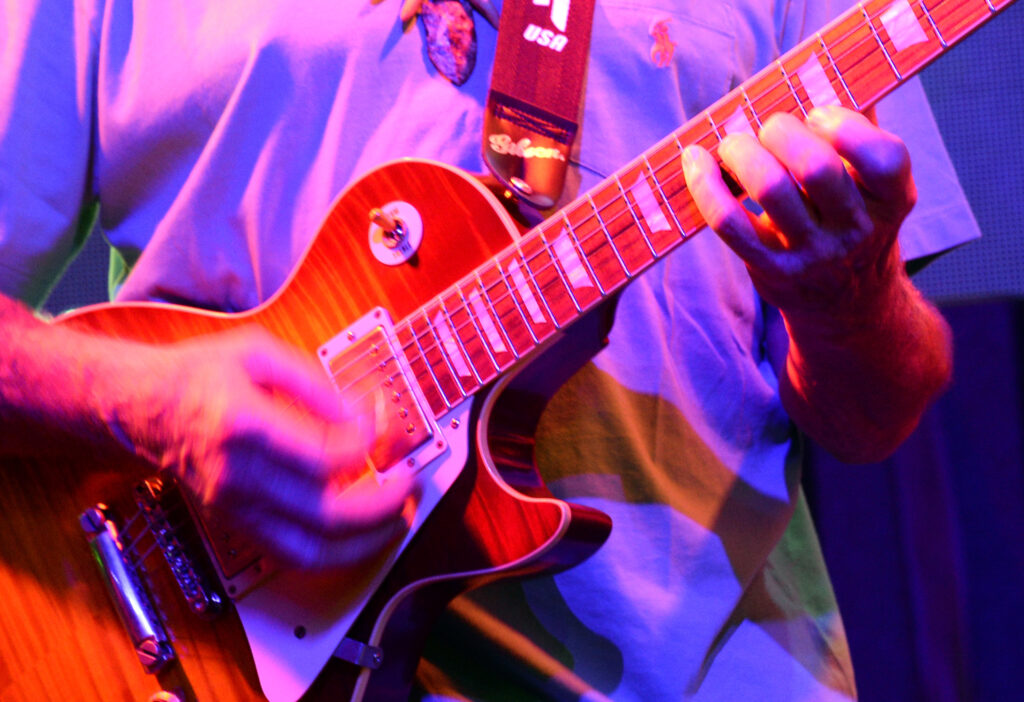Desperate search for missing girls as nearly 80 dead in Texas floods
Rescuers in Texas raced against time Sunday to find dozens of missing people, including children, swept away by flash floods that killed at least 78 people, with forecasters warning of new deluges.US President Donald Trump said he would “probably” visit the southern state on Friday.The president brushed off concerns his administration’s wide-ranging cuts to weather forecasting and related federal agencies had left local warning systems worse-off.Instead, Trump described the flash floods as a “100-year catastrophe” that “nobody expected.”At least 40 adults and 28 children were killed in the worst-hit Kerr County in central Texas, Sheriff Larry Leitha said, while at least ten more people were killed by flooding in nearby areas.”You will see the death toll rise today,” warned Texas public safety chief Freeman Martin at a press conference.”Across the state, in all the areas affected by flooding, there are 41 known missing,” Texas Governor Greg Abbott said.As questions grew about why warnings did not come sooner or people were not evacuated earlier in the area popular with campers, Trump said the situation was a “Biden setup.” “That was not our setup,” Trump told reporters on Sunday, adding that he would “not” hire back meteorologists when probed about staff and budget cuts at the National Weather Service (NWS).Asked about whether he would change his plans to phase out the Federal Emergency Management Agency, he responded: “FEMA is something we can talk about later.”Trump, who previously said disaster relief should be handled at the state-level, also signed a major disaster declaration that freed up resources for Texas.- Missing girls -In central Texas, some 17 helicopters joined the search for missing people, including ten girls and a counselor from a riverside Christian summer camp where about 750 people had been staying when disaster struck.In a terrifying display of nature’s power, the rain-swollen waters of the Guadalupe River reached treetops and the roofs of cabins in Camp Mystic as girls slept overnight Friday, washing away some of them and leaving a scene of devastation.Blankets, teddy bears and other belongings at the camp were caked in mud. Windows in the cabins were shattered, apparently by the force of the water.The National Weather Service (NWS) warned Sunday that slow-moving thunderstorms threatened more flash floods over the saturated ground of central Texas.Governor Abbott warned that heavy rainfall could “lead to potential flash flooding” in Kerrville and surrounding areas, as officials warned people against going near the swollen river and its creeks.The flooding began at the start of the Fourth of July holiday weekend as months’ worth of rain fell in a matter of hours, much of it coming overnight as people slept.The Guadalupe surged around 26 feet (eight meters) — more than a two-story building — in just 45 minutes.- ‘Washed away’ -Flash floods, which occur when the ground is unable to absorb torrential rainfall, are not unusual in this region of south and central Texas, known colloquially as “Flash Flood Alley.”Scientists say that in recent years human-driven climate change has made extreme weather events such as floods, droughts and heat waves more frequent and more intense.Officials said while rescue operations were ongoing, they were also starting the process of debris removal.”There’s debris all over the place that makes roads impassable, that makes reconstruction projects unachievable,” Abbott said.People from elsewhere in Texas converged on Kerr County to help look for the missing. Texans also started flying personal drones to help look but local officials urged them to stop, citing a danger for rescue aircraft.One of the searches focused on four young women who were staying in a house that was washed away by the river. Adam Durda and his wife Amber, both 45, drove three hours to help.”There was a group of 20-year-olds that were in a house that had gotten washed away,” Durda told AFP. “That’s who the family requested help for, but of course, we’re looking for anybody.”Justin Morales, 36, was part of a search team that found three bodies, including that of a Camp Mystic girl caught up in a tree.”We’re happy to give a family closure and hopefully we can keep looking and find some of the… you know, whoever,” he told AFP.”Help give some of those families closure. That’s why we’re out here.”
